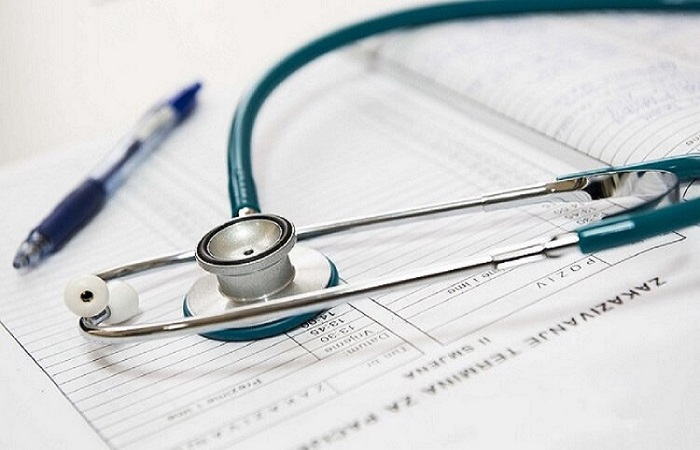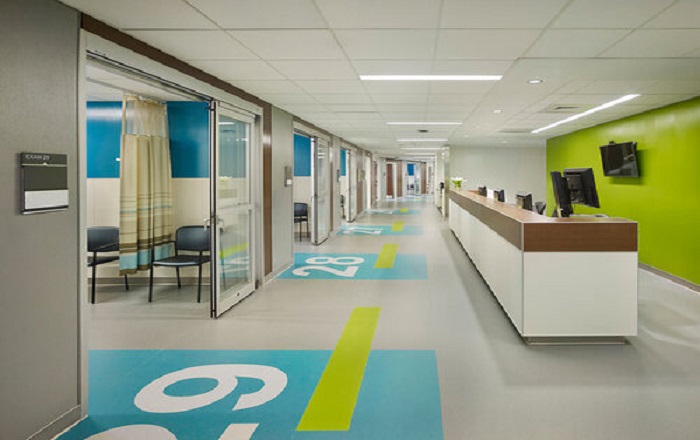
Medical equipment planning is essential for every hospital’s ability to deliver quality healthcare. It’s the process of carefully strategizing and organising the acquisition, deployment, and management of medical devices within a healthcare facility. It involves understanding the clinical needs, equipment technology, equipment lifecycle, budgeting, the hospitals operational planning, scheduling and control.
Importance of Medical Equipment Planning.
Medical equipment planning is important because it ensures hospitals have the right equipment to provide effective treatment to patients, streamline operations, and manage resources efficiently.
1. Ensuring Adequate Equipment for Quality Care
Effective medical equipment planning ensures that hospitals have the necessary tools to deliver quality care to patients. Imagine a hospital without proper diagnostic equipment like X-ray machines or ultrasound scanners. Diagnosis would be delayed, and patient care would suffer. Medical equipment planning ensures that hospitals have the right equipment for various medical specialties and procedures, ensuring timely and accurate diagnoses and treatments.
2. Optimising Operational Workflows
Medical equipment planning helps hospitals optimise their operational workflows. By strategically placing equipment, hospitals can streamline patient care processes, minimise wait times, and improve staff productivity. For example, placing vital signs monitors closer to patient beds can facilitate quick assessments by nurses, leading to faster interventions and improved patient outcomes.
3. Wise Financial Management
Effective medical equipment planning is crucial for managing financial resources wisely. Healthcare equipment can be expensive, and hospitals must make informed decisions to maximize their investment. Through meticulous planning, hospitals can conduct cost-benefit analyses, negotiate with vendors for better deals, and explore options like equipment leasing to minimize upfront costs and achieve long-term financial sustainability.
How to Carry Out Effective Medical Equipment Planning
Here are key steps for you to carry out effective medical equipment planning:
- Conduct Needs Assessments: First, assess their current and future healthcare needs. Consider factors such as patient demographics, clinical services offered, and technological advancements in medical care. This will help you realise your equipment needs are and anticipate future needs.
- Develop Equipment Inventories: Maintain comprehensive inventories of existing equipment. Include details such as make, model, age, and condition. This will help you identify gaps and plan for future acquisitions.
- Collaborate with Stakeholders: Effective medical equipment planning requires collaboration among various stakeholders, including clinicians, administrators, procurement officers, and finance professionals. Engaging these stakeholders ensures that planning efforts are aligned with the hospital’s strategic goals and clinical priorities and budgets.
- Prioritise Investments:Prioritise equipment investments based on clinical need, patient volume, technological advancements, and financial considerations. This involves conducting thorough analyses to determine the most cost-effective solutions.
- Plan for Lifecycle Management: Medical equipment planning should extend beyond procurement to encompass the entire lifecycle of equipment. Including installation, maintenance, and eventual replacement. Develop proactive maintenance schedules, track equipment performance metrics, and plan for timely upgrades to ensure optimal functionality and reliability.
By following these steps and adopting a systematic approach to medical equipment planning, hospitals can ensure that they have the right tools, in the right place, at the right time, to deliver high-quality care to their patients, optimize operational efficiencies, and achieve long-term financial sustainability.


